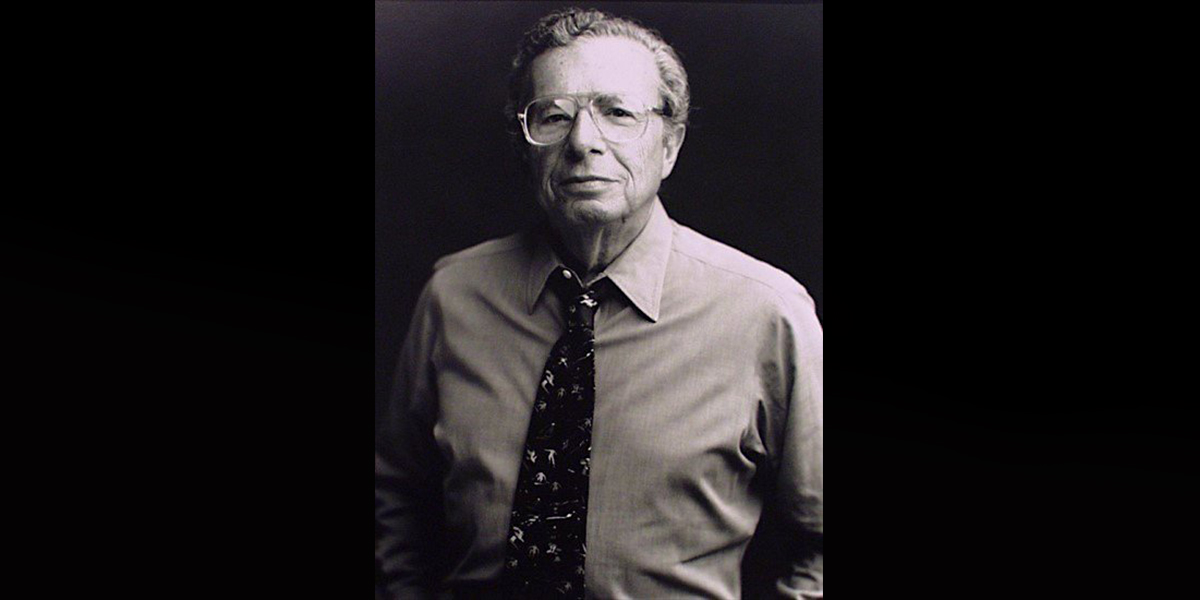Milton Esterow, the formidable journalist who brought rigour, clarity, and an investigative edge to art reporting, has died in New York at the age of 97.
A former New York Times reporter and the force behind the reinvigoration of ARTnews in the 1970s, Esterow reshaped the art press, transforming it from polite commentary into incisive, accountable journalism and redefining how cultural stories were told.
Born in Brooklyn in 1928, Esterow began humbly as a 17-year-old copy boy at The Times. His eye for a story soon carried him beyond the newsroom floor. By the 1960s, he was delving into what few cultural reporters dared to touch — the murky business of Nazi-looted art. His 1964 front-page feature, “Europe Is Still Hunting Its Plundered Art,” forced a reckoning with postwar restitution efforts that had long been ignored. The article served as the basis for his 1966 book, The Art Stealers, a landmark work that combined the instincts of an investigative journalist with the sensitivity of an art historian.
When Esterow left The Times in 1968, he did not step back from the art world; he inserted himself deeper into its structures. By 1972, he had assembled a small consortium to acquire ARTnews, a venerable but faltering monthly that had been drifting both financially and editorially since its founding in 1902. Under his leadership, the magazine was transformed into a sharper, more probing publication. Esterow expanded its remit beyond reviews, interrogating the inner workings of the art market, the politics of museums, and the psychology of collectors. The Top 200 Collectors list, launched in 1990, was emblematic of this approach — not a gesture of deference, but a careful examination of power, influence, and ambition within the art ecosystem.
ARTnews thrived under his command, earning National Magazine and George Polk Awards for its reporting on cultural thefts, Soviet looting, and restitution cases that most publications lacked the stomach or patience to pursue. His pursuit of truth in the Mauerbach monastery case — an Austrian trove of artworks stolen from Jewish families — exemplified his tenacity—Austria’s eventual acknowledgement and restitution efforts owed much to Esterow’s persistence and public pressure.
His journalistic instincts never dulled. Even after selling ARTnews in 2014, Esterow continued to write, returning to The Times — more than 45 years after his first byline — to file stories from the same 1950 Royal typewriter that had followed him through seven decades of reporting. His final article, fittingly, is about Holocaust restitution.
Esterow’s approach to writing was famously unpretentious. He mocked academic obfuscation and once quipped that the National Endowment for the Arts should offer grants to critics “willing to write in simple declarative sentences.” He sought clarity, not posturing — a principle that defined his editorial voice. Esterow’s motivation was fundamentally journalistic: to expose, clarify, and hold the art world accountable. He viewed the artist and the collector with equal scrutiny — both capable of brilliance, both of absurdity.
In the decades since, ARTnews has evolved, merged, and digitised — yet Esterow’s legacy persists in every story that treats the art world not as a rarefied club, but as a living, flawed ecosystem. His death marks the passing of a generation of reporters who believed that art deserved the same rigour as politics or crime.

